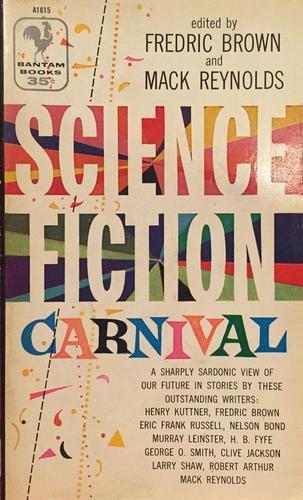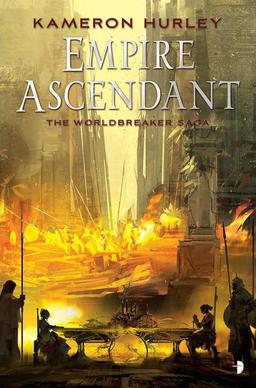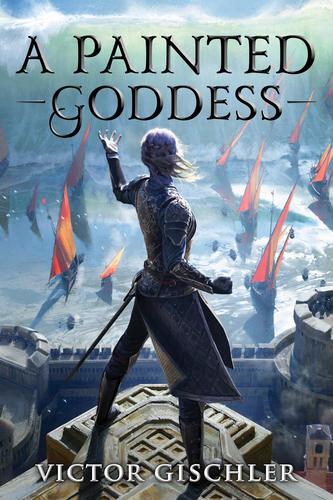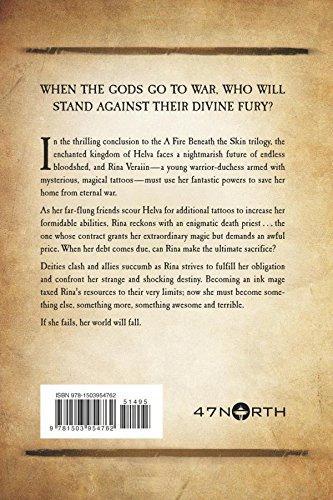Goth Chick News: What’s the Worst Thing You’ve Ever Done? Miss Out on This News, That’s What…
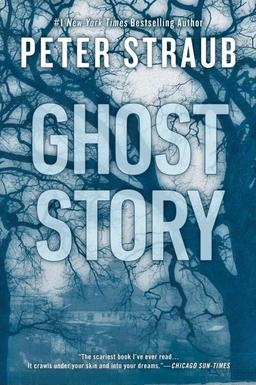 Back as a starving college student when I haunted the used book stores, I came across a dusty hardcover edition of Peter Straub’s Ghost Story, thus discovering the only book that ever scared the crap out of me.
Back as a starving college student when I haunted the used book stores, I came across a dusty hardcover edition of Peter Straub’s Ghost Story, thus discovering the only book that ever scared the crap out of me.
Of course as a lifelong devotee of the horror genre, I had certainly read stories that gave me the creeps before then. But with Ghost Story I was introduced to a whole new threshold of terrifying. Why? Because Straub had the ability to turn a beautiful, sunny day in December, or an ordinary afternoon in a grocery store parking lot, into scenes more blood-curling than any in a crumbling graveyard on a moonlit night in October.
Since that initial introduction, Ghost Story is my go-to read every fall, getting me in the perfect mood for Halloween.
And I confess. It still scares the crap out of me.
Apparently I am far from alone in this as — if we forget about the film version (and please do) — the novel continues to appear on “best of” lists to this day, being widely considered one of the greatest horror novels of all time.
So I was particularly excited to learn that this week Berkley Books is releasing Ghost Story in a new trade paperback edition, as well as in eBook format for the very first time.
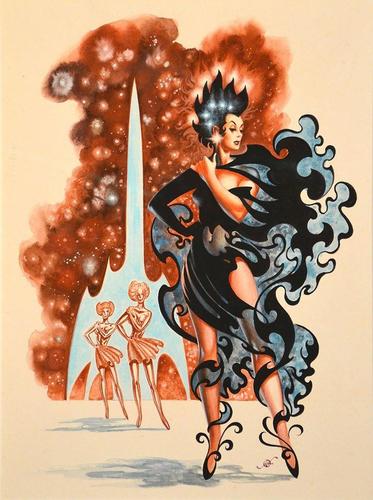
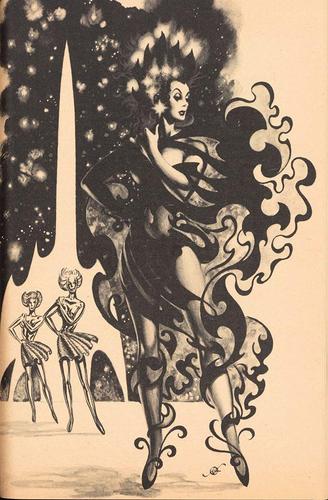

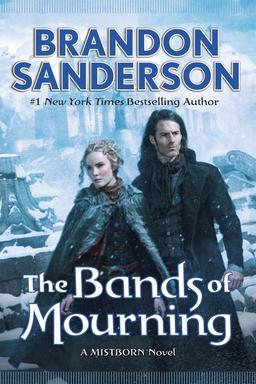
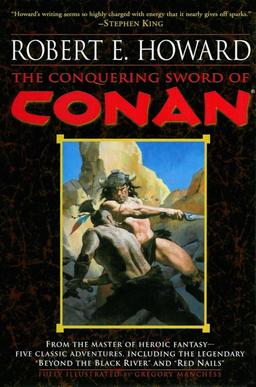
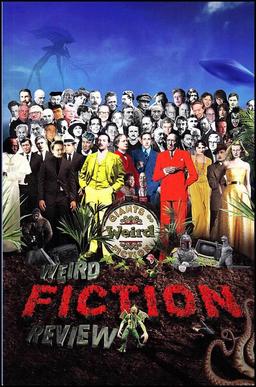

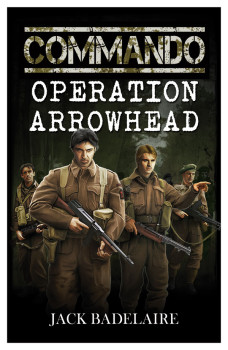 Today we’re talking to
Today we’re talking to 